path materials-maintenance
pbarky
18 years ago
Featured Answer
Comments (19)
Karen Mickleson
18 years agoChalkpaw
18 years agoRelated Professionals
Manorville Landscape Architects & Landscape Designers · Marco Island Landscape Architects & Landscape Designers · Saint Matthews Landscape Architects & Landscape Designers · East Lake-Orient Park Landscape Contractors · Florham Park Landscape Contractors · Hendersonville Landscape Contractors · Pahrump Landscape Contractors · Parkland Landscape Contractors · Uxbridge Landscape Contractors · Wells Landscape Contractors · Ashburn Decks, Patios & Outdoor Enclosures · Greendale Decks, Patios & Outdoor Enclosures · Lakewood Decks, Patios & Outdoor Enclosures · Methuen Decks, Patios & Outdoor Enclosures · Salisbury Decks, Patios & Outdoor Enclosurescindee11461
18 years agomich_in_zonal_denial
18 years agoKaren Mickleson
18 years agomich_in_zonal_denial
18 years agoKaren Mickleson
18 years agosusanargus
18 years agopbarky
18 years agoKaren Mickleson
18 years agoJolly__Roger
18 years agoChris_MI
18 years agobonsai_audge
18 years agorickMO
18 years agorusty_blackhaw
18 years agoFrankie_in_zone_7
18 years agooddjob78
17 years agochrishnello
15 years ago
Related Stories

LANDSCAPE DESIGN7 Low-Maintenance Lawn Alternatives
Turf isn't the only ground cover in town. Get a lush no-grass lawn with clover, moss and other easy-care plants
Full Story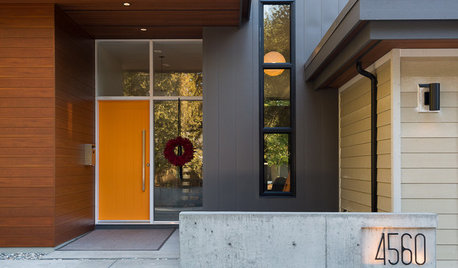
CURB APPEALEntry Recipe: Low-Maintenance Meets Contemporary Curb Appeal in Canada
A neighborhood-appropriate mix of textures and colors invites visitors to linger as they approach
Full Story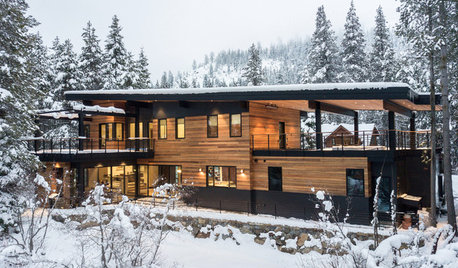
MONTHLY HOME CHECKLISTSYour Winter Home Maintenance Checklist
Keep your home and yard safe and running smoothly as temperatures drop and activity moves indoors
Full Story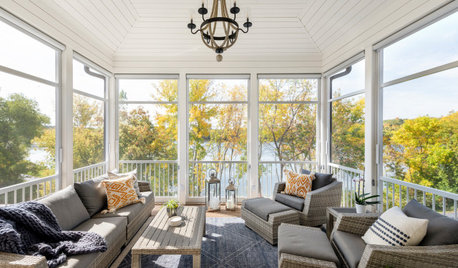
MONTHLY HOME CHECKLISTSYour Spring Home Maintenance Checklist
When winter weather departs, it’s time to check for damage and prepare for warm days ahead
Full Story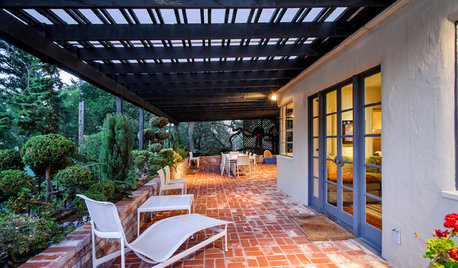
PATIOSLandscape Paving 101: How to Use Brick for Your Path or Patio
Brick paving is classy, timeless and a natural building material. Here are some pros and cons to help you decide if it’s right for your yard
Full Story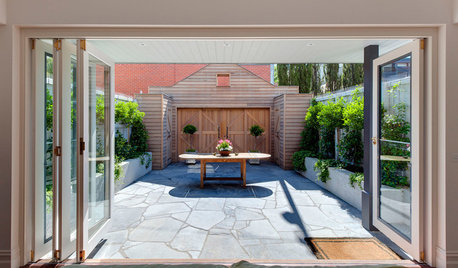
LANDSCAPE DESIGNHow to Pick the Right Paving and Decking Material
Once you’ve got the walls or fences of your garden figured out, it’s time to consider the ground surface or floors
Full Story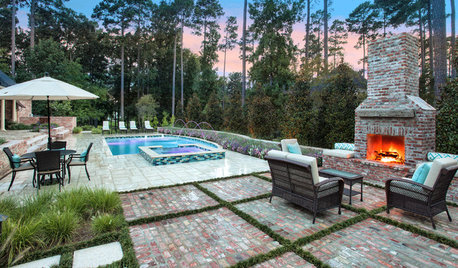
PATIOSYour Guide to 10 Popular Landscape Paving Materials
To choose the best paving for your landscape, look at climate, cost and context
Full Story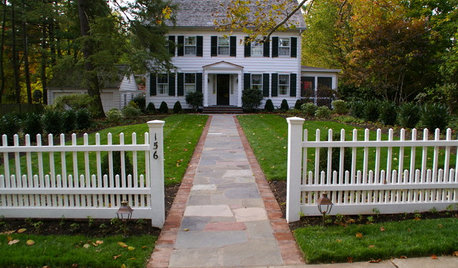
EXTERIORSPick the Perfect Front Walkway Material
The right front pathway adds instant curb appeal to your home. Here's how to match the material to the look you want
Full Story
MATERIALSDesign Workshop: Natural Wood Siding Minus the Maintenance
No need to worry about upkeep when you choose wood that embraces weathering
Full Story
KITCHEN COUNTERTOPS7 Low-Maintenance Countertops for Your Dream Kitchen
Fingerprints, stains, resealing requirements ... who needs ’em? These countertop materials look great with little effort
Full StoryMore Discussions






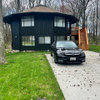


androo